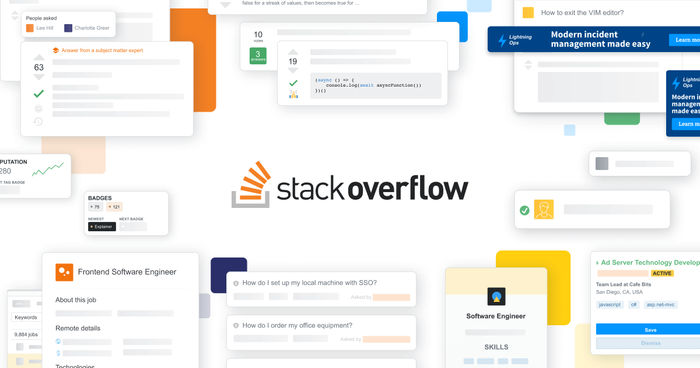It’s taken me a little longer to make more progress as I’ve been stumped on how I would go about listing blog posts filtered by year and/or month. I’ve put extra effort in ensuring the full date is included in the URL for all my blog posts. In the process of doing this, I had to review and refactor the functions used within gatsby-node.js.
Refactoring
I noticed that I was carrying out build operations inefficiently and in some cases where they didn’t need to happen. For example, I was building individual blog post pages all over the place thinking I was required to do this in areas where I was listing blog posts. Reviewing my build operations had a positive impact and managed to reduce build times to Netlify from 2 minutes 17 seconds to 2 minutes 3 seconds. Where you are able to make build time savings, why wouldn’t you want to do this? By being efficient, you could squeeze in more builds within Netlify’s 300-minute monthly limit (based on free-tier).
Page Speed Tests
The GatsyJS build is at a point where I can start carrying out some performance tests using Google Page Insights and Lighthouse. Overall, the tests have proved more favourable when compared against my current site. The Lighthouse analysis still proves there is work to be done, however, the static-site generator architecture sets you off to a good start with minimal effort.
 Current site
Current site
 Gatsby site
Gatsby site
Current HTML/CSS Quality
I can see the main area of failure is the HTML and CSS build... not my strong suit. The template has inherited performance-lag remnants from my current site and even though I have cleaned it up as well as I can, it’s not ideal. At this moment, I have to focus on function over form.
Site Release Details
This version contains the following:
- Blog post-filtering by year and/or month. For example:
-
- /Blog/2019
- /Blog/2019/12
- /Blog/2019
- Refactored build functions.
- Removed unneeded CSS from the old template (still got more to do).
GatsbyJS Beta Site: http://surinderbhomra.netlify.com





